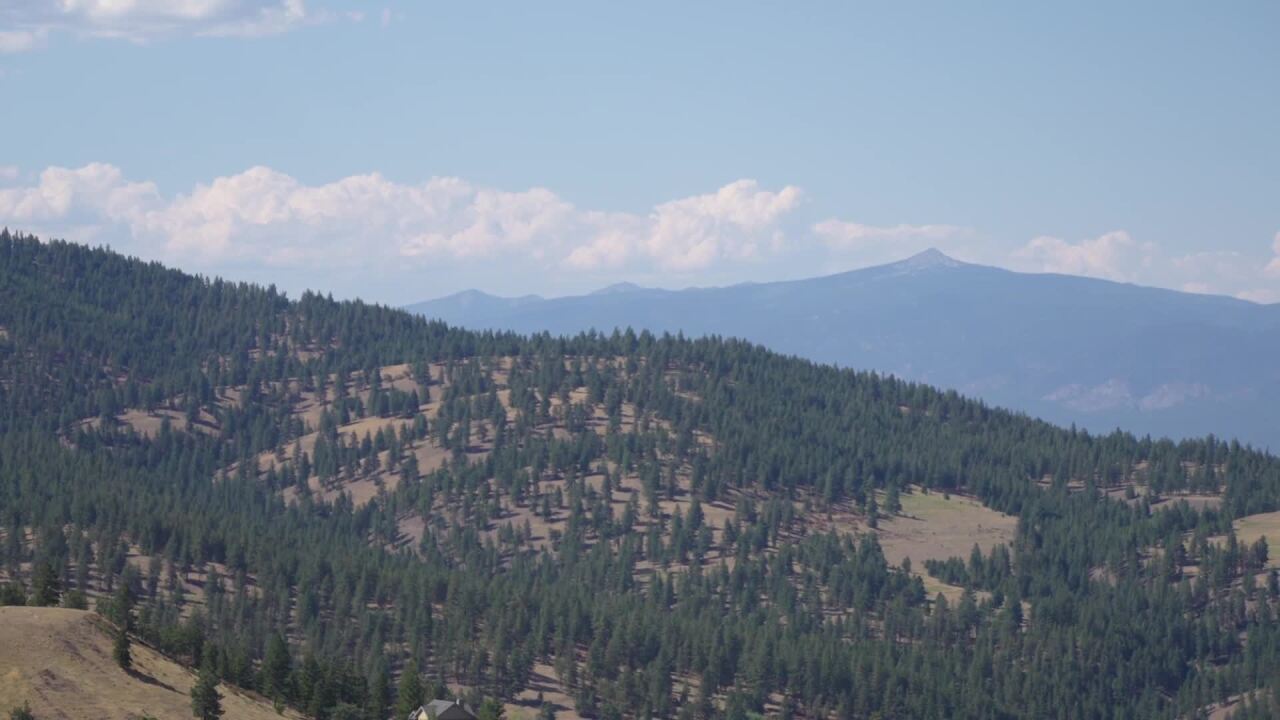MISSOULA — If you’ve recreated in the Blue Mountain area in Missoula, you’re sure to have come across some trees with a blue ring painted around them.
The trees are slated for removal as part of a larger plan to restore the forest to its pre-colonial state — a state that was more fire-resistant.
The plan involves several agencies collaborating to achieve this goal.
Watch to learn more about the plan:
“The best solutions for us are when we work together with our partners and envision that landscape-scale solution,” said Lolo National Forest Missoula District Ranger Crystal Stonesifer.
The Blue Mountain Area consists of land owned by the U.S. Forest Service, Missoula County, the Montana Department of Natural Resources and Conservation (DNRC) and private land owners.
All have come together to implement forest treatment techniques to change the forest, as the current state of it is extremely fire-prone.
You don’t have to look far back to see how the current state of the forest can have devastating consequences, as in 2003, a fire tore through the area, destroying the whole mountainside and some surrounding homes.
“That fire came out of there, and this is what was throwing all this debris into town. It traveled six miles in about four hours, and it was a wall of fire coming into Missoula,”

The ultimate goal of all the agencies is to return the forest to looking something like wider open areas with ponderosa pine scattered about.
To achieve this, agencies are looking at a combination of mechanized and non-mechanized vegetation management; clearing the forest floor, often through prescribed burning, and removing species like Douglas fir.
“We need to do some more work in order to complete this vision. And that will take cross-boundary planning, it will take work with collaborative partners, it will take work with our state partners and county partners to help realize the vision of the Blue Mountain decision,” said Stonesifer.
As seen by the blue markings, work is currently underway in dozens of areas in the Blue Mountain area, slowly changing the forest landscape to become more fire resilient in a changing climate.



